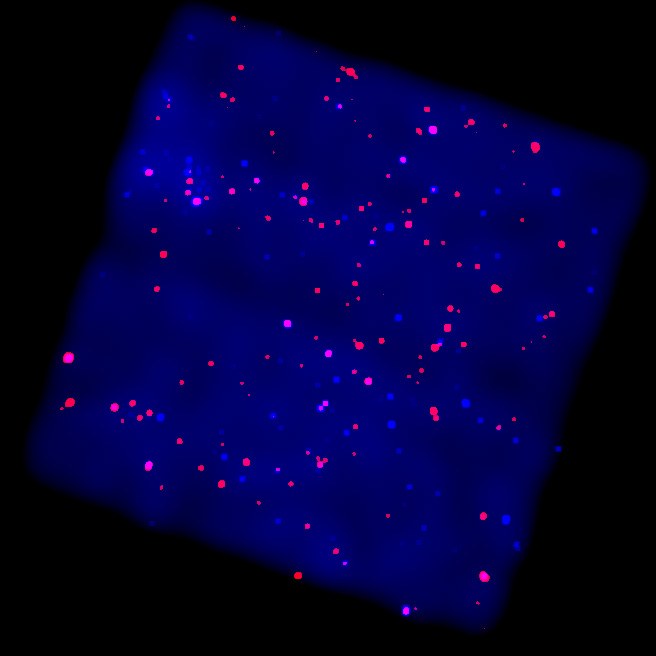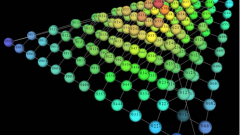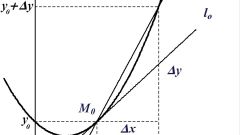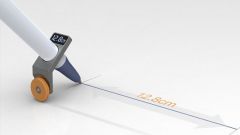Instruction
1
If you set the General equation of a plane AX+BY+CZ+D=0 or form A(x-x0)+B(y-y0)+C(z-z0)=0, we can immediately write the answer is n(A, b, C). The fact that this equation was derived, as the problem of determining the equation of a plane normal and a point.
2
For General answer, you will need a vector product due to the fact that the latter is always perpendicular to the original vectors. So, vector product of vectors, is a certain vector, the module of which is equal to the product of the first module (a) on the second module (b) and the sine of the angle between them. In this case the vector (denote it by n) are orthogonal to a and b is important. Three of these vectors are right, that is, from the end of the n shortest rotation from a to b is performed counterclockwise.
[a,b] is one of the common symbols of the cross product. To calculate the vector product in coordinate form, a vector is used determinant (see Fig.1)
[a,b] is one of the common symbols of the cross product. To calculate the vector product in coordinate form, a vector is used determinant (see Fig.1)
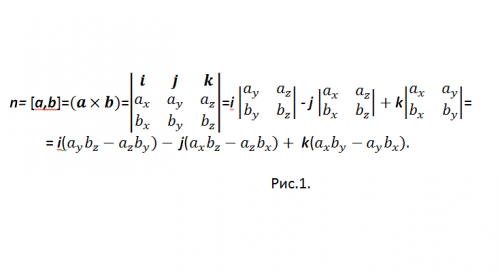
3
In order to avoid confusion with minus sign, rewrite the result in the form: n={nx, ny, nz}=i(aybz-azby)+j(azbx-axbz)+k(axby-aybx), and the coordinates {nx, ny, nz}={(aybz-azby), (azbx-axbz), (axby-aybx)}.
Moreover, in order to avoid confusion with numerical examples will write all the values obtained separately: nx=aybz-azby, ny=azbx-axbz, nz=axby-aybx.
Moreover, in order to avoid confusion with numerical examples will write all the values obtained separately: nx=aybz-azby, ny=azbx-axbz, nz=axby-aybx.
4
Return to the solution of the problem. The plane can be set in various ways. Let the normal to the plane defined by two non-collinear vectors, and numerical.
Let the vectors a(2, 4, 5) and b(3, 2, 6). The normal to the plane coincides with their vector artwork and as soon as it was found to be equal to n(nx, ny, nz),
nx=aybz-azby, ny=azbx-axbz, nz=axby-aybx. In this case ax=2, ay=4, az=5, bx=3, by=2, bz=6. Thus,
nx=24-10=14, ny=12-15=-3, nz=4-8=-4. Normal found: n(14, -3, -4). While it is normal to a family of planes.
Let the vectors a(2, 4, 5) and b(3, 2, 6). The normal to the plane coincides with their vector artwork and as soon as it was found to be equal to n(nx, ny, nz),
nx=aybz-azby, ny=azbx-axbz, nz=axby-aybx. In this case ax=2, ay=4, az=5, bx=3, by=2, bz=6. Thus,
nx=24-10=14, ny=12-15=-3, nz=4-8=-4. Normal found: n(14, -3, -4). While it is normal to a family of planes.
